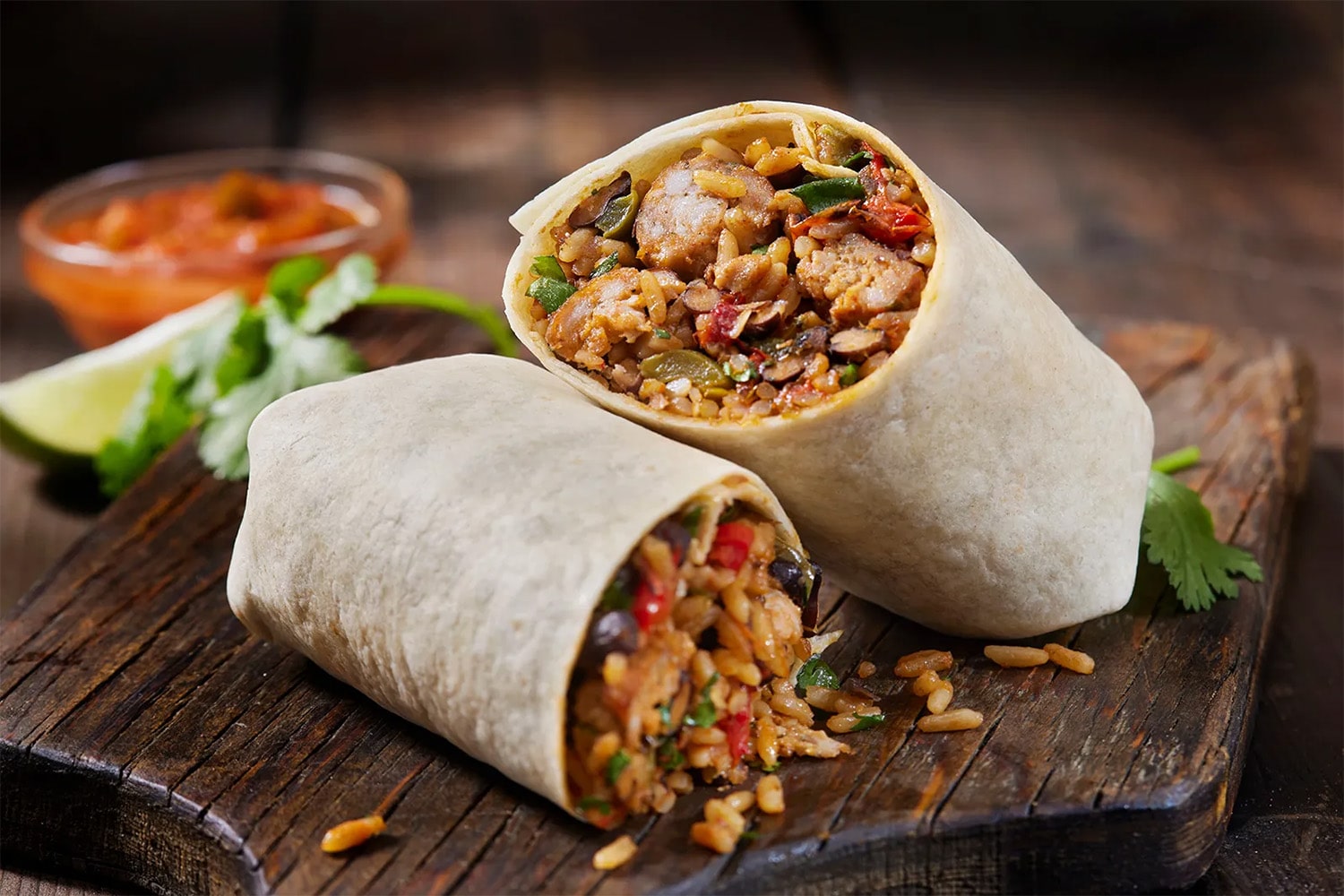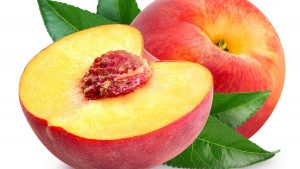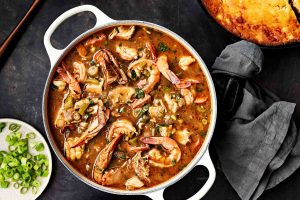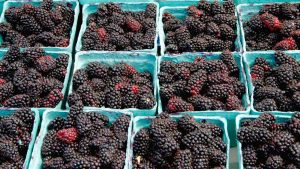
21 interesting facts about Burritos
- 👁️ 1233
Burritos, a staple of Mexican cuisine, have won the hearts of food lovers all over the world. This delicious and versatile dish consists of a flour tortilla wrapped or folded around a variety of fillings, including beans, rice, meat, and vegetables. Originating from Mexico, the burrito has undergone numerous transformations, leading to an array of styles and flavors. Today, burritos are not only a popular street food but also a subject of culinary innovation, with chefs and home cooks alike experimenting with ingredients to create new and exciting versions. Here are 21 interesting and informative facts about burritos that showcase their history, diversity, and cultural significance.
- The word “burrito” translates to “little donkey” in Spanish, possibly referring to the packs and burdens that donkeys commonly carried.
- Burritos are believed to have originated in the Mexican state of Chihuahua in the early 20th century.
- The first recorded mention of burritos in the United States dates back to the 1930s, in Los Angeles, California.
- Traditional Mexican burritos are often quite simple, typically filled with only one or two ingredients, such as refried beans or meat.
- In contrast, American-style burritos are known for having multiple ingredients, including rice, beans, lettuce, salsa, cheese, and sour cream.
- The “Mission burrito” style, also known as the San Francisco burrito, originated in the Mission District of San Francisco and is characterized by its large size and inclusion of extra rice and other ingredients.
- The “California burrito,” popular in Southern California, includes French fries within the burrito.
- Burritos were popularized in the United States as a convenient, handheld food for workers and have since become a staple of fast-food cuisine.
- Some restaurants offer “wet burritos,” which are covered in sauce and cheese and then baked, similar to an enchilada.
- The largest burrito ever made was in La Paz, Baja California Sur, Mexico, measuring over 3,300 meters (about 2 miles) long.
- Breakfast burritos, filled with ingredients like eggs, potatoes, and bacon, have become a popular morning option in many countries.
- The “burrito bowl” is a variation that includes the traditional burrito fillings served without the tortilla, often in a bowl.
- In Mexico, burritos are typically made with flour tortillas, while corn tortillas are more common for other dishes like tacos.
- The “Chimichanga” is essentially a deep-fried burrito, popular in Tex-Mex cuisine.
- Burritos are considered a fusion food, blending indigenous Mexican ingredients with European (specifically Spanish) influences.
- Vegan and vegetarian burritos that substitute meat with beans, rice, and vegetables are gaining popularity as plant-based diets become more mainstream.
- The burrito’s portability has made it a popular choice for meals on the go, contributing to its widespread availability in fast-food chains.
- Some regions in Mexico have their own unique versions of burritos, such as the “burrito suizo” which is topped with a tomato-based sauce and melted cheese.
- In 1995, the U.S. government officially recognized burritos as a type of sandwich for regulatory purposes.
- “Burrito art” has become a trend on social media, where people create and share images of burritos with artistically arranged fillings.
- Despite its global popularity, the burrito is still considered a regional food in many parts of Mexico, far from the ubiquitous status it enjoys in the United States.
Burritos exemplify the rich cultural tapestry of Mexican cuisine while highlighting the creativity and adaptability of food traditions. From their humble beginnings to their current status as a global culinary phenomenon, burritos have continued to evolve, reflecting the changing tastes and preferences of those who enjoy them. Whether enjoyed as a simple, traditional meal or as an elaborate, modern creation, burritos remain a beloved comfort food for many, embodying the spirit of innovation and the joy of sharing good food.











